Effective Waterproofing Solutions

Spring offers moderate temperatures and low humidity, ideal for waterproofing projects.

Summer's warm weather can accelerate drying times, but high humidity may affect adhesion.

Fall provides cooler temperatures and less rain, making it suitable for waterproofing before winter.

Cold temperatures and freezing conditions hinder proper application and curing of waterproofing materials.
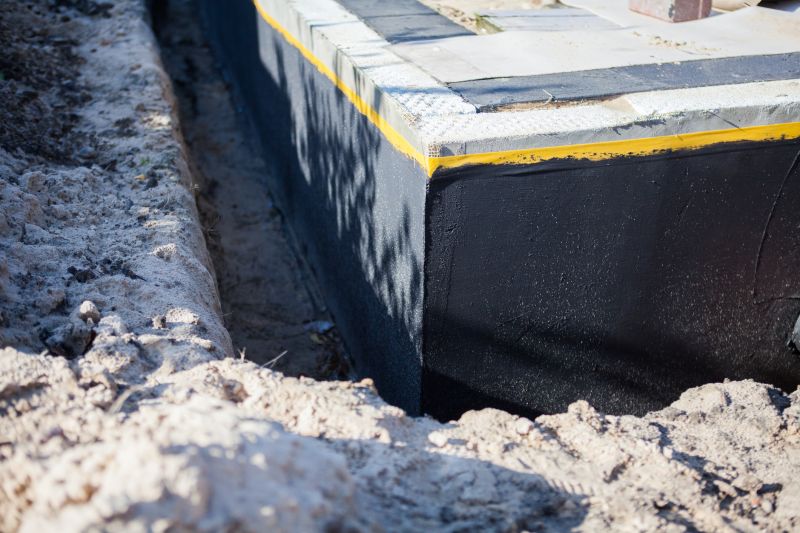
The most effective periods are late spring and early fall when weather conditions are stable.

Rain, temperature fluctuations, and humidity levels significantly influence waterproofing success.
Waterproofings are essential for protecting structures from water intrusion, preventing damage, and extending the lifespan of buildings. They involve applying specialized materials to surfaces such as roofs, foundations, and basements to create a barrier against moisture. Proper timing of waterproofing projects ensures maximum effectiveness, as weather conditions directly impact adhesion and curing processes.
Statistics indicate that waterproofing can reduce water-related damage costs by up to 50 percent. In regions with high rainfall or humidity, timely waterproofing can prevent mold growth, structural deterioration, and costly repairs. Understanding seasonal weather patterns helps determine the best window for application, ensuring durability and long-term performance.

Various materials like membranes, coatings, and sealants are used depending on the project requirements.
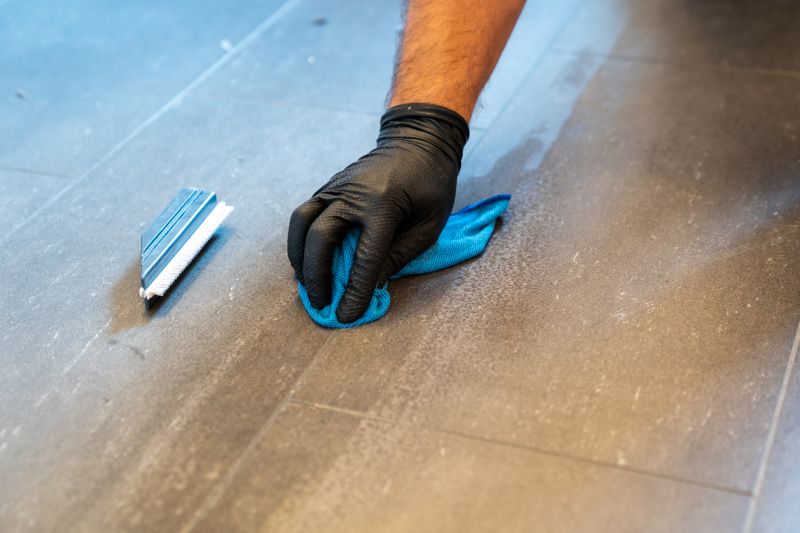
Proper surface preparation and application methods are crucial for waterproofing effectiveness.
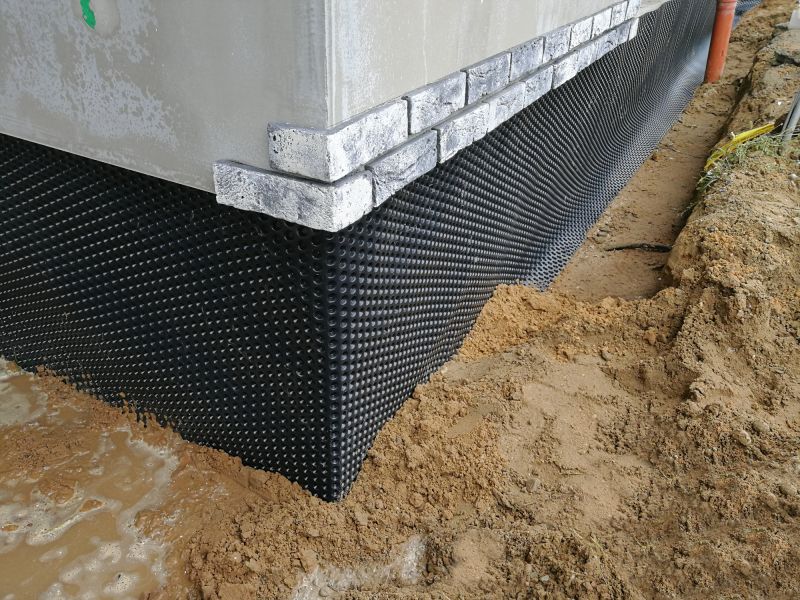
Foundations, roofs, basements, and balconies are typical locations requiring waterproofing.
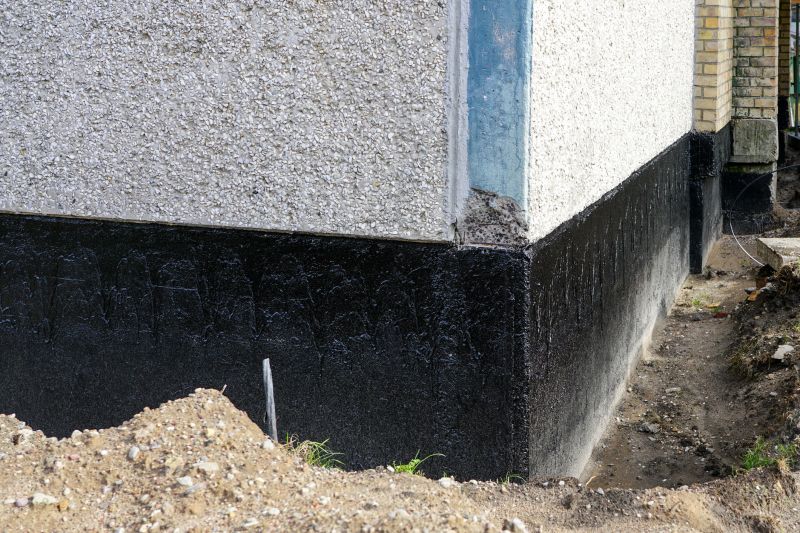
Prevents water damage, reduces maintenance costs, and enhances building longevity.

Plan projects during dry, moderate weather to ensure optimal results.
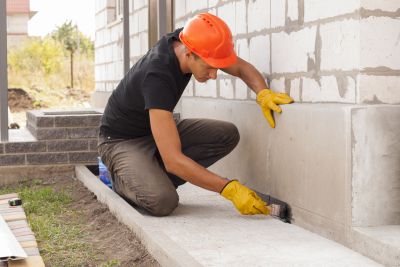
Regular inspections and touch-ups maintain waterproofing integrity over time.

High humidity and temperature swings can affect waterproofing materials' performance.

Expert application ensures proper adhesion and durability for long-term protection.
| Season | Optimal Conditions for Waterproofings |
|---|---|
| Spring | Moderate temperatures, low humidity, minimal rain |
| Summer | Warm weather, but watch for high humidity and rain |
| Fall | Cooler temperatures, dry weather, ideal for preparation |
| Winter | Cold temperatures, freezing conditions, unsuitable |
Ways to make Waterproofings work in tight or awkward layouts.
Popular materials for Waterproofings and why they hold up over time.
Simple add-ons that improve Waterproofings without blowing the budget.


